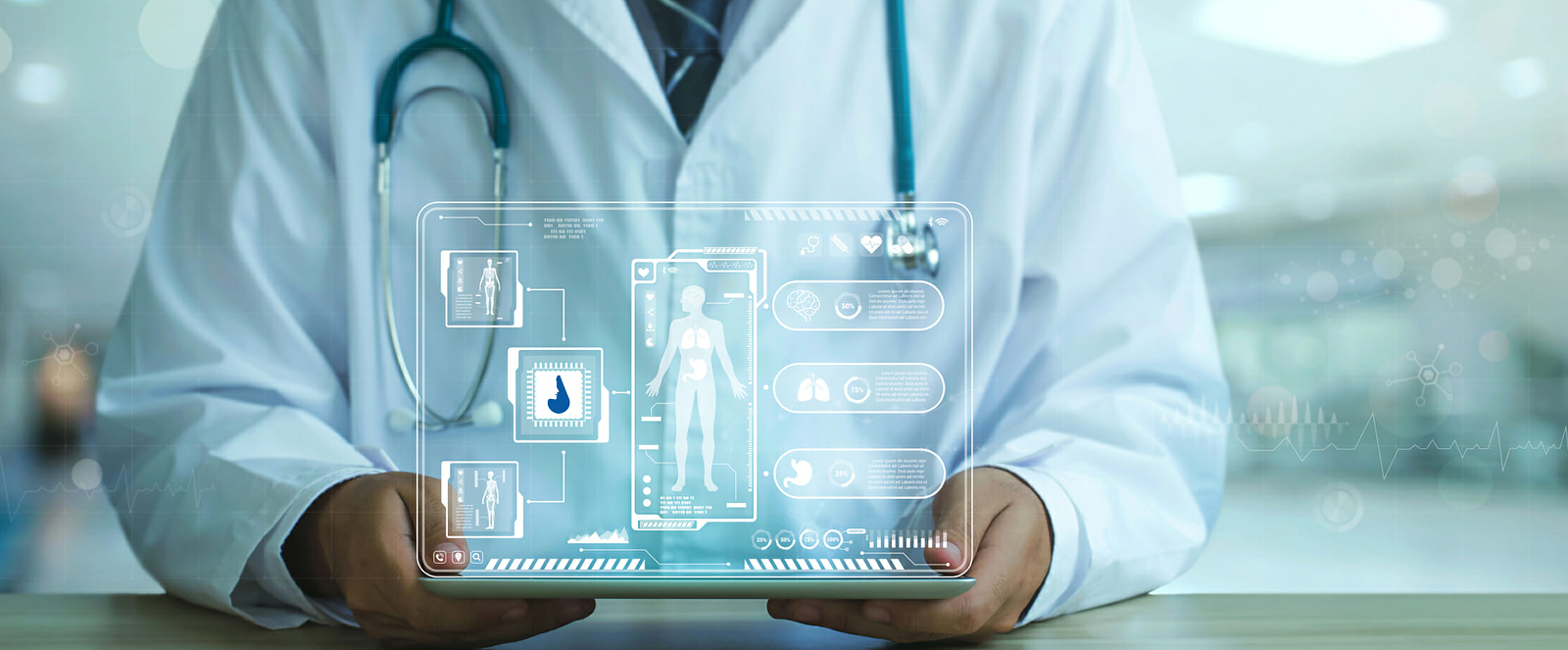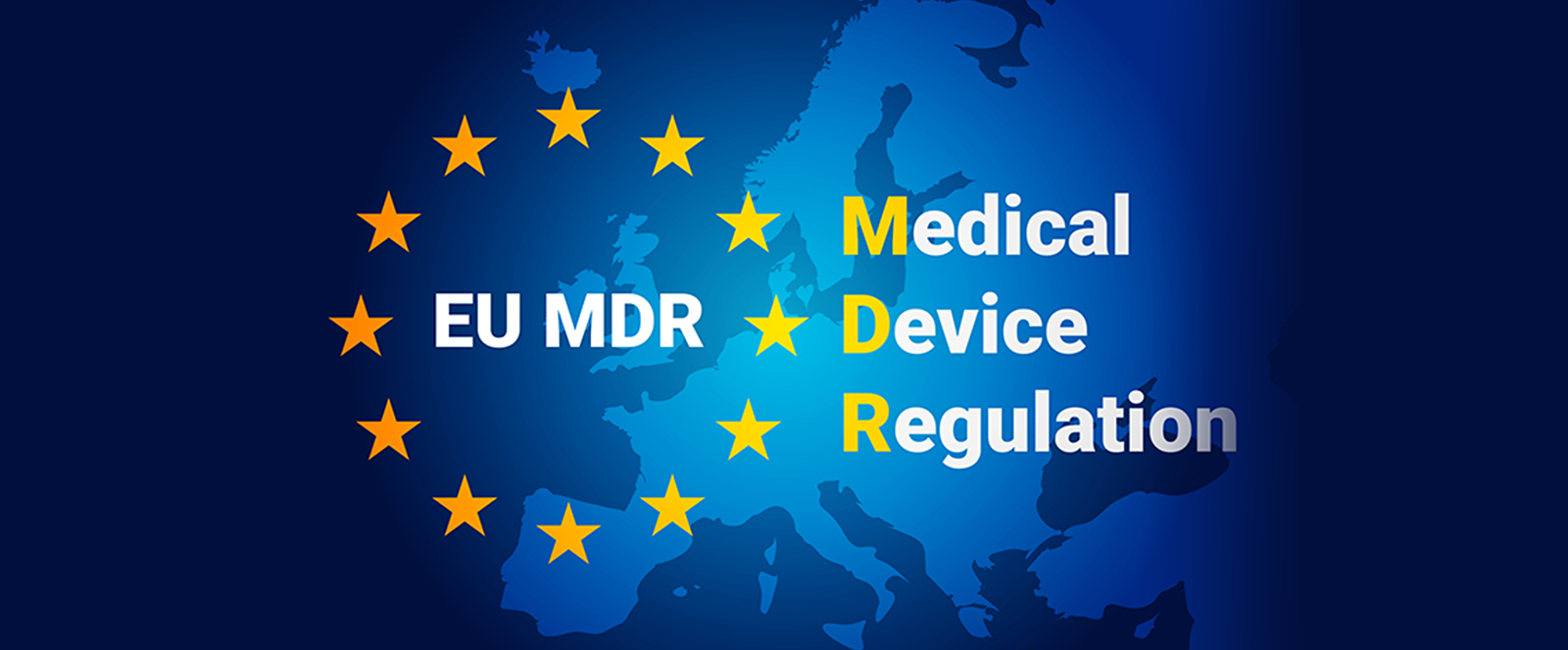Risks
Every day, during normal activities such as eating, drinking, driving, traveling and enjoying hobbies, we perform risk management. And most of the time, we do not even realize it. We are (unconsciously) identifying, monitoring, and managing potential risks in order to minimize the negative impact they may have on our lives. However, some of these daily risks are minimized in regulated markets, such as European Union. We trust that cars, electrical home appliances, and medical devices undergo rigorous safety testing. The patient probably thinks very little about the risks of the medical devices about to be used.
For that reason, risk management is not optional – it is a regulatory requirement, and we, as a manufacturer, are responsible that medical devices on the market are safe and risk-free. Risk management is an integral part of the medical device product development lifecycle. It helps medical device manufacturers ensure that the product is reliable, that it works as expected, and that is causes no harm to patients, operators, or the environment. In other words, the primary purpose of the risk management cycle is to reduce or mitigate the chances of failure in the product [1].
All SBAS products go through various risk management phases during their product life cycles, which can be summarized by Risk Management Planning, Risk Analysis, Risk Evaluation, Risk Controls, Overall Residual Risk Acceptability, Risk Management Report, Production and Post-Production Information. Risk Management can be a complex process; however, it is one of the most important.
[1] https://www.merriam-webster.com/dictionary/risk






